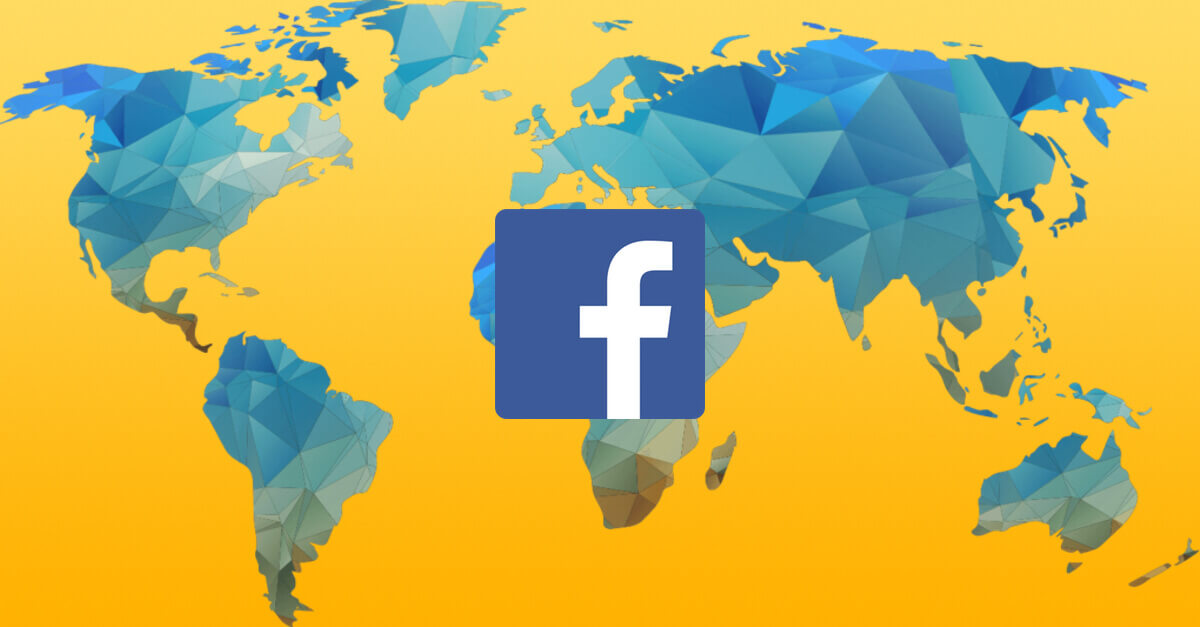Facebook has long been a great source of new customers, but the challenge has always been scaling up your acquisition efforts. Too often, creative and audience strategies run into saturation problems — where incremental conversions simply cost too much because the people in your funnel who are aware of your product or service you might be able to convert have already done so. In order to avoid saturation, it requires you to test multiple audiences and creative strategies, which can dramatically increase the complexity of campaigns you’re managing.
IMVU started testing Facebook mobile campaigns in late 2016. Over time our setup became increasingly complex. We added new audiences, new geographies, multiple goals (prospecting, retargeting, re-engaging lapsed users, etc.) in addition to new creatives across both iOS and Android. And with all this added complexity, we wanted to keep to our core KPIs in line with our historical results.
Managing this level of complexity without sacrificing growth or performance became a big challenge. At this point, we started to work with Nectar9, a vendor that leverages machine learning and artificial intelligence (AI/ML) platform to manage our increasingly sophisticated campaigns.
At IMVU, we have two KPIs that we optimize all our paid User Acquisition (UA) campaigns against:
- Day-7 Cost Per Payer
- Day-7 Return on Ad Spend on New Payers
From this experience, I would like to share 3 best practices that enabled us to successfully scale up Facebook into our #1 paid UA channel over a one-month period.
1. Run Prospecting & Retargeting Campaigns in Parallel
As we have dual goals of increasing unique and first time purchasers, along with maximizing our return on ad spend, we knew this was done with both prospecting for new customers while simultaneously encouraging our current customers to re-engage with the platform.
We turned over all the audiences, targeting data, geographies, platforms (iOS and Android), creatives and more to AI/ML platform for dynamic optimization against a mix of campaign goals, allocated appropriately from a high-level budget perspective. This allowed us to drive an optimal mix Day-7 CPP and return on ad spend for new players. We let the AI/ML platform allocate budget and resources dynamically between goals within the bounds we set for our revenue growth and new user acquisition goals.
2. Allocate Your Budgets Smartly
Given that we advertise on multiple platforms, we leverage Appsflyer to provide us with the “ground truth” across all platforms. In addition, given that our goals were more complex than what “off the shelf” metrics (like app installs or mobile purchases), we knew we had to take a more sophisticated approach to allocating budgets across campaigns. Before working with Nectar9, we took a manual approach to looking at Appsflyer data on a daily basis, and then trying to adjust the budget allocations as needed. As you can imagine, not only did this limit our scale, but it took up valuable time of our team that could be spent on on more creative and strategic tasks. With an AI/ML platform, we have completely automated the process of not only tying Appsflyer data for optimization process, but also letting algorithms make decisions on what budgets to allocate across all our paid social campaigns.
3. Utilize the Right Creative Mix
Creative is the single biggest lever to impact your campaign performance. They say you can’t fix stupid; well, you can’t fix awful creatives with all the AI in the world.
The better the click-through rate on creative, the less you need to pay to win competitive bids in the Facebook marketplace. We used a variety of different ad creative orientation and sizes, formats (images and videos) along with copy variations (up to four) to help us maximize our reach and let Facebook do the work to optimize towards the best performing creatives.
In our efforts, video performed much better than static images for new user acquisition. But the opposite turns out to be true for our retargeting campaigns, where static images far outperformed video. Think of the creative as fuel to fan the flames, but keep in mind it needs to be revised and refreshed at least once or twice per month in order to avoid creative fatigue or saturation.
In our testing, we were surprised to learn that using jargon or acronyms relevant to our audience in the copy helped improve click-through rates. One of the biggest advantages of AI/ML based approaches to campaign optimization is the relatively low cost of testing a wide variety of creatives; we are almost always astonished by the clear trends that emerge in the best performing creative. It’s often a surprise at first, but almost always back-tests well upon further reflection. Here are few examples of our best performing prospecting video and retargeting image ads.
IMVU Results
With our new AI-based setup, our performance improvements continue to remain strong. We’ve scaled up spend by 300% in the first month with very positive trends in our KPIs:
- Unique Payers Growth – 700%
- ROI Growth – 59%
- CPA Improvement – 75%
Perhaps more importantly, we’ve achieved these results while spending far less time fiddling with bids and manual optimizations. Taking the time savings this into account, the ROI is even higher; it allows us to spend more time on creative and strategy where we can best impact our KPIs.
While it’s easy to scoff at the lack of “control” with today’s class of AI-based campaign optimization technologies, Facebook conversion campaigns hold the potential to drive great performance with a far more efficient, hands-off management approach powered by AI. Control your levers, focus on creative and strategy, and turn the drudgery and math over to the machines to get data-driven results far beyond manual capabilities.
This article first appeared on the Liftoff Mobile Hero blog.





